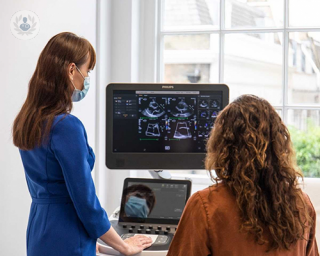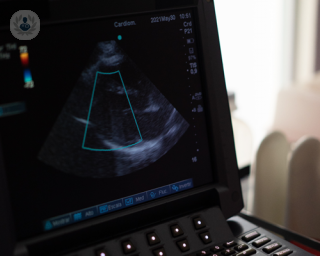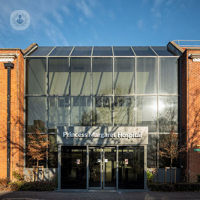Transoesophageal echocardiogram
Dr Rajesh Chelliah - Cardiology
Created on: 05-11-2020
Updated on: 08-25-2023
Edited by: Carlota Pano
What is a transoesophageal echocardiogram?
A transoesophageal echocardiogram (TOE) is an ultrasound test that is used to look at the heart and its nearby blood vessels without other organs blocking the view. A special flexible tube is inserted into your mouth and passed down the throat into the gullet to check how well the structure of your heart is functioning.
The probe used in TOE is the same width as an index finger and it produces a clearer and more accurate echo picture than those taken from the front of the chest. It also appears in real-time. You will still be able to breathe normally during the test, and it should not be a painful experience.

What happens during TOE?
During the procedure, which takes about 30 minutes, you will lie down on a bed on your left side with your head tilted slightly forward. The specialist, usually a cardiologist, will spray the back of your throat using a local anaesthetic and place a plastic guard over your teeth to protect the scope and your teeth, before putting the probe into your mouth.
The probe will send out soundwaves and pick up the returning echoes, which are then converted into images of the inside of your heart, which are displayed on a screen.
What are the possible reasons to have TOE?
You may need a TOE to check any of the following:
- Your heart valves or muscle
- For infection in your heart valves
- If you have any blood clots
- For tears in the aorta
- To see if there are any heart defects, such as a hole in the heart
Are there any possible complications to having a TOE?
Possible complications following the procedure may include:
- An allergic reaction to the sedative
- Inhaling the contents of your stomach, which can be avoided if you don't eat before the procedure
- A very small risk of a tear to the oesophagus
Will I need any more heart tests afterwards?
Following a TOE, you may have to have other tests such as an electrocardiogram (ECG), blood tests and CT scan or MRI scan. A TOE, however, may be enough to rule out a problem with your heart or it will show that you need more of these tests.









